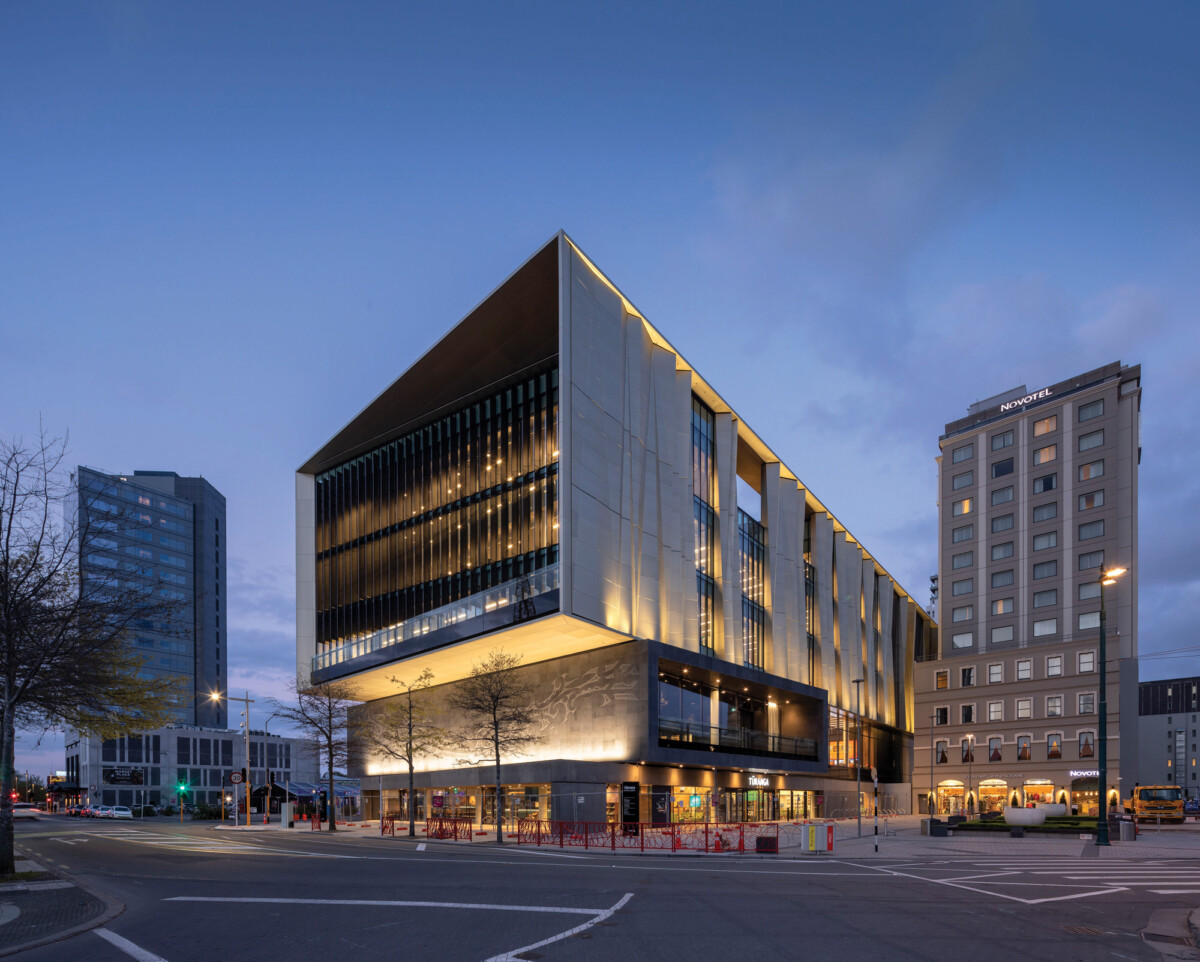Net zero carbon concrete plan
21 Sep 2023, Industry News, News, Sustainability Focus

New Zealand’s concrete industry has launched its roadmap to net zero carbon by 2050
Concrete New Zealand (NZ) chief executive Rob Gaimster says the publication of the roadmap is a pivotal moment for the concrete industry and the country’s built environment.
“We must provide adaptive solutions that address and help ease the impacts of climate change in a country that is also at risk of earthquakes, tsunamis and volcanoes,” said Gaimster.
“As well as contributing to our nation’s resilience, the concrete industry is committed to being part of efforts to mitigate climate change.
“This roadmap represents a collective effort, combining the expertise, ingenuity, and commitment of the concrete industry and wider construction sector, to meeting our environmental responsibilities.
“It builds on global cement and concrete industry progress to achieve net zero carbon emissions which had been recognised by the United Nations.”
Barbara Nebel, Chief Executive of thinkstep-anz, leading sustainability consultants responsible for developing the roadmap, applauds the concrete industry for its efforts.
“We have run a rigorous rule over the proposed strategies, so we could develop the roadmap as a realistic and achievable pathway forward,“ said Nebel.
“In fact, the industry has already started its decarbonisation journey, with an 11% reduction in CO2 emissions achieved between 2005 and 2018, even though ready mixed concrete use increased significantly during that time.
“Based on this roadmap, the New Zealand’s concrete industry can achieve a 44% decrease from 2020 levels by 2030, and ultimately net zero carbon by 2050.”
The roadmap was funded by Concrete NZ, MBIE’s (Ministry of Business, Innovation and Employment) Building Innovation Partnership (administered through the University of Canterbury), and BRANZ through the Building Research Levy.
Strategies to help the industry reach its 2050 net zero carbon target include:
- Increasing the use of waste as alternative fuels and raw materials to make cement clinker.
- Partial replacement of cement with low carbon recycled or natural materials.
- Efficiencies in concrete production.
- Further decarbonising New Zealand’s electricity grid and supply chains.
- Design and construction optimisation.
- Carbon uptake, which sees exposed concrete absorb CO2.
- Capturing remaining CO2.
Progress is clear, with low-carbon cement and concrete options available on the market for use across a range of residential, commercial and civil construction projects.
Fletcher Concrete Chief Executive, Nick Traber, believes the roadmap reflects the genuine direction of companies such as his.
“We are playing a key role in reducing emissions right from using alternative fuels and raw materials in cement manufacturing, to our low-carbon supply chain and low-carbon binder technology developed at Fletcher Building’s new research lab focused on sustainable concrete solutions.”
Chief Executive Officer of Holcim Australia & New Zealand, George Agriogiannis, feels that industry is walking the talk outlined in the roadmap after having invested significantly in researching and producing new lower-carbon products.
“We have also constructed a new low-carbon cement replacement facility at the Ports of Auckland. At peak operation the site is expected to enable replacement of just under 100,000 tonnes of Ordinary Portland Cement, which will substantially reduce greenhouse gas emissions. Annually, this is the equivalent of removing approximately 78,000 tonnes of carbon dioxide.”
Leader of the Building Innovation Partnership, Professor Larry Bellamy, whose team is working on strategies for reducing carbon emissions from buildings and communities, believes construction needs new approaches to enhance the resilience and sustainability of building materials and structures.
“The roadmap is important because it identifies the research needed to help transform concrete for the benefit of NZ,” said Bellamy.
Register to earn LBP Points Sign in



